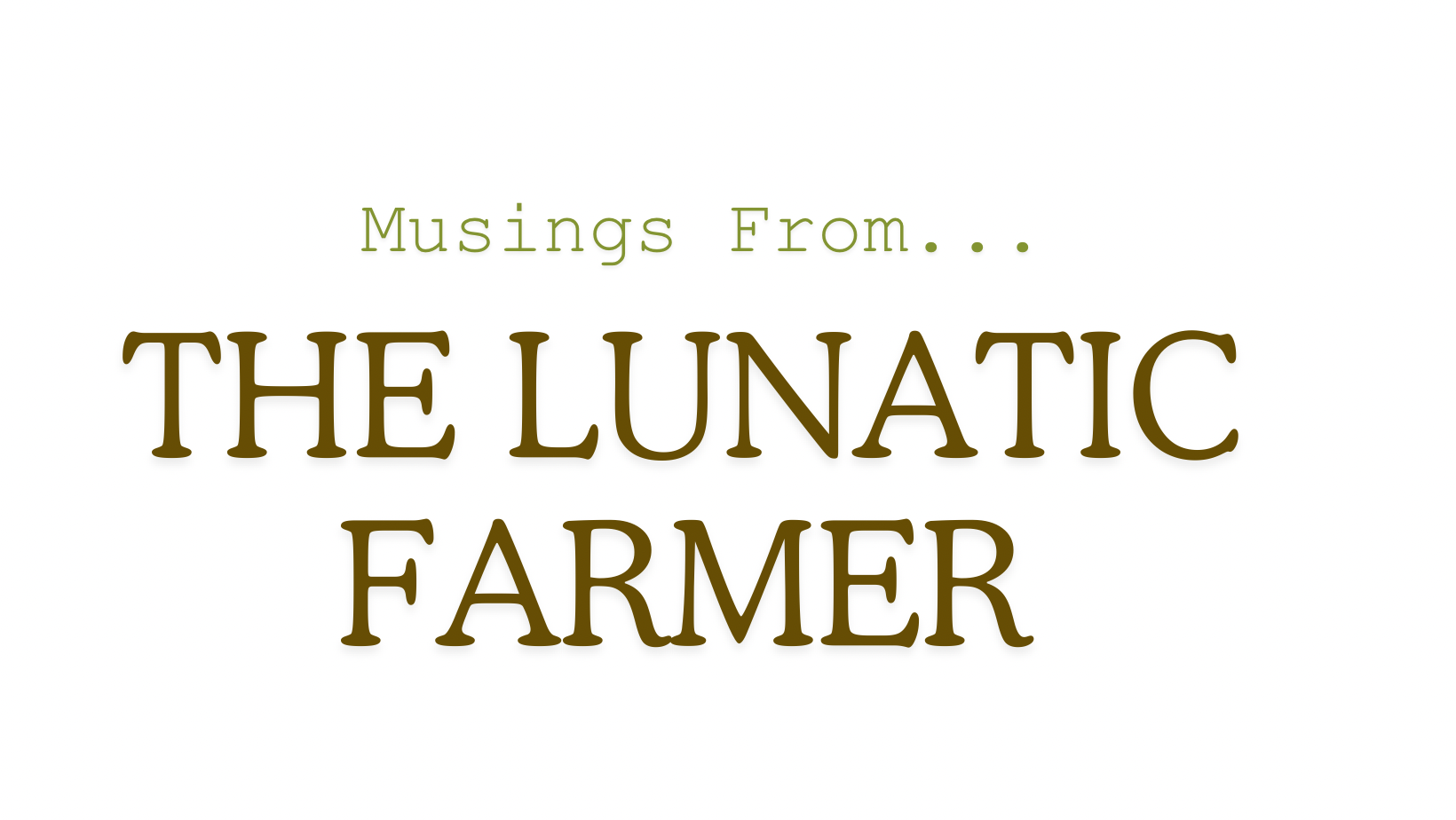WINTER TRANSITION: PART 4
Cows. As we head into winter, what about the cows? One of the biggest components of the summer grazing plan is to enter winter with as much stockpiled forage as possible.
As you travel around the countryside, you'll see pastures get short and then shorter and by fall you wonder what the cows are eating. This is typical. Here at Polyface, however, we manage the grazing carefully in late summer to create a bank of forage going into fall. Moving the cows every day we develop highly skilled measurements regarding how many animals a given volume of standing forage will feed. We call it cow-days (what one cow will eat in a day). That's a standard measure just like inches to a carpenter or gallons to a painter.
Most forage holds its nutritional value fairly well going into cold weather, just like vegetables hold up longest in the refrigerator. We make hay, of course, during the hot summer, but that's the final choice after we've grazed off all the available standing forage. Every time that 4-legged mower harvests it and fertilizes on site versus mechanical harvest, storage, and redistribution in feeding, the better.
Frosts do two things: sweeten the forage and kill flies. Once we've had a couple of good hard frosts, which we've now had, we look at the calendar and pick a day to castrate the bull calves. We like to do that at least one month before weaning. The goal is to meter out stress. Depending on fall rains and the forage stockpile, we either castrate and wean before Christmas or after Christmas.
If we have lots of forage, we like to leave the calves on their mamas up into January. That's our preference. But if it's a dry fall and we're short of stockpile, we wean before Christmas so we can shepherd the available high quality forage for the calves. Then we can put the dry cows on a maintenance diet, even low quality hay. As long as the cows are nursing calves, we need to keep the nutrition levels higher. Separating the high nutrition calves from the low nutrition cows is all part of how we meter out the available winter stockpile and hay inventory.
Because cows don't dig like pigs, they can stay out on pastures without hurting them. If things turn crazy wet, the cows can certainly do some pugging damage, but it's short term. Sometimes we put them on hay during these periods and then put them back out on the pasture stockpile after things either dry up a bit or things freeze hard. Few things are as enjoyable as moving a herd of cows across a stockpiled pasture when the ground is frozen.
Preparing for hay feeding requires putting the first layer of wood chips in the loafing area, to start the carbonaceous diaper. Then we lower the feed boxes, which hang on a cable that goes into a hand winch. We have several of these mounted in the awnings where we feed. Since the bedding can build up to 4 feet deep, the hanging boxes enable us to raise the feeders as the bedding deepens. Otherwise, the cows would be standing on their heads come spring.
Repairing the feeding boxes, oiling the winches, and installing pipe gates to section off the awnings are all part of preparing for winter. We segregate the different kinds of stock so we don't have calves trying to get hay alongside bully cows. Grouping homogeneity insures everyone gets their time at the hay feeder. We feed under awnings to protect the manure and urine from winter leaching and vaporizing.
The final thing that happens with the cows is buying new calves. We collaborate with several other operations that sell their calves at weaning. We need to find out how many calves they have this year, price, and arrange a rendezvous. Some bring their calves to us and some we have to go get. Coordinating this acquisition enables us to get them all in hopefully within a 2 weeks span of time. We always put an old cow or two with the group to provide leadership and settle them down. Again, it's all about minimizing stress.
We don't birth every calf we sell. Keeping both a brood cow herd and buying in some calves offers greater flexibility for inventory adjustment. We can raise a calf cheaper than we can buy it, but cows depreciate and calves don't. It's a bit of a tightrope between margin and turnover; the purchased calves have a narrower margin but higher turnover.
This time of year, our whole emphasis is shepherding the stockpile, which ceases to grow, and metering it out as carefully as possible. Normally we can get up into mid-January or even February before feeding hay. In North America, average hay feeding is 120 days a year; at Polyface, our average is 40 days a year. That lops of 2/3 off the cost of wintering an animal, which is the single biggest cost.
Do you know the difference between hay and straw?
